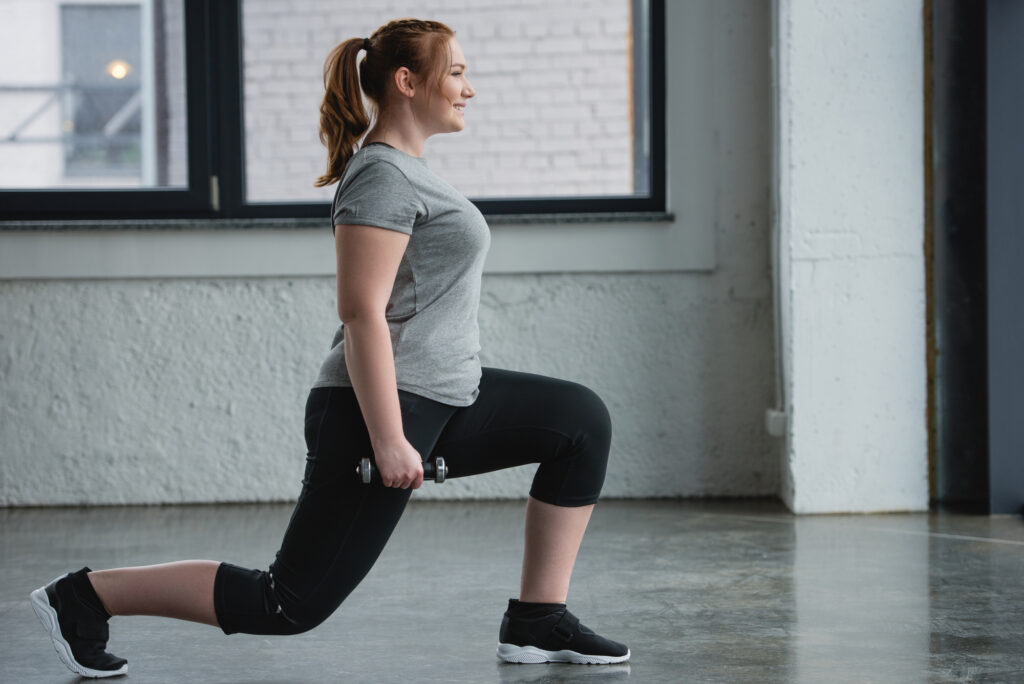According to the U.S. Centers for Disease Control and Prevention, more than 37 million Americans have diabetes, at least 90 percent of whom have type 2 diabetes. People with Type 2 diabetes are insulin resistant, meaning that their cells don’t respond normally to insulin, a hormone that controls the level of sugar, or glucose, in the blood. High blood sugar is damaging to the body and can cause serious health issues.
Doctors have long known that exercise is a critical component of blood sugar management, but therein lies the problem, says Steven Malin, PhD, an associate professor in the Department of Kinesiology and Health at Rutgers University and one of the authors of a new study on the impacts of exercise on diabetes.
“Most, if not all, people know exercise is good for them, but they don’t know the best approach,” says Malin. “We targeted this issue by focusing on a few key parameters: the utility of aerobics versus weightlifting, the time of day that is optimal for exercise, whether to exercise before or after meals, and whether we have to lose weight to get benefits or not.”
The Study
To answer these questions, Malin and a team of researchers from Rutgers reviewed dozens of previous studies on diabetes and exercise to look for common conclusions. Some of the key findings include:
- Habitual aerobic exercise that increases the heart rate and the body’s use of oxygen, such as cycling, swimming, and brisk walking, helps manage blood glucose.
- Working muscles using an opposing force such as dumbbells, resistance bands, or a person’s own body weight (resistance exercise) benefits insulin sensitivity in those with type 2 diabetes.
- Breaking up spent sitting with physical activity throughout the day benefits blood glucose control and insulin levels.
- Performing exercise later in the day can result in better control of blood sugar levels and improve insulin sensitivity.
“In short, any movement is good, and more is generally better,” Malin says. “The combination of aerobic exercise and weightlifting is likely better than either alone. Exercise in the afternoon might work better than exercise in the morning for glucose control, and exercise after a meal may help slightly more than before a meal. And, you don’t have to lose weight to see the benefits of exercise. That is because exercise can lower body fat and increase muscle mass.”
Conclusions
Malin, along with several of his colleagues at Rutgers and the American College of Sports Medicine, supports the concept of “exercise as medicine,” the idea that exercise can be considered a first-line therapy for many conditions, which is increasingly being supported by research. “I’m one of those individuals who subscribes to that notion, and in that way, I think of exercise as a drug,” Malin says.
Malin and his colleagues authored the study to provide the medical community with up-to-date, practical advice to offer their patients. “Together, this idea of exercise timing and type is important because it helps medical professionals more accurately recommend exercise prescriptions to combat high blood glucose,” Malin says. For the future, the researchers note in their conclusion that new studies need to be designed that take factors such as race and gender into account to further refine exercise recommendations for patients with type 2 diabetes.






